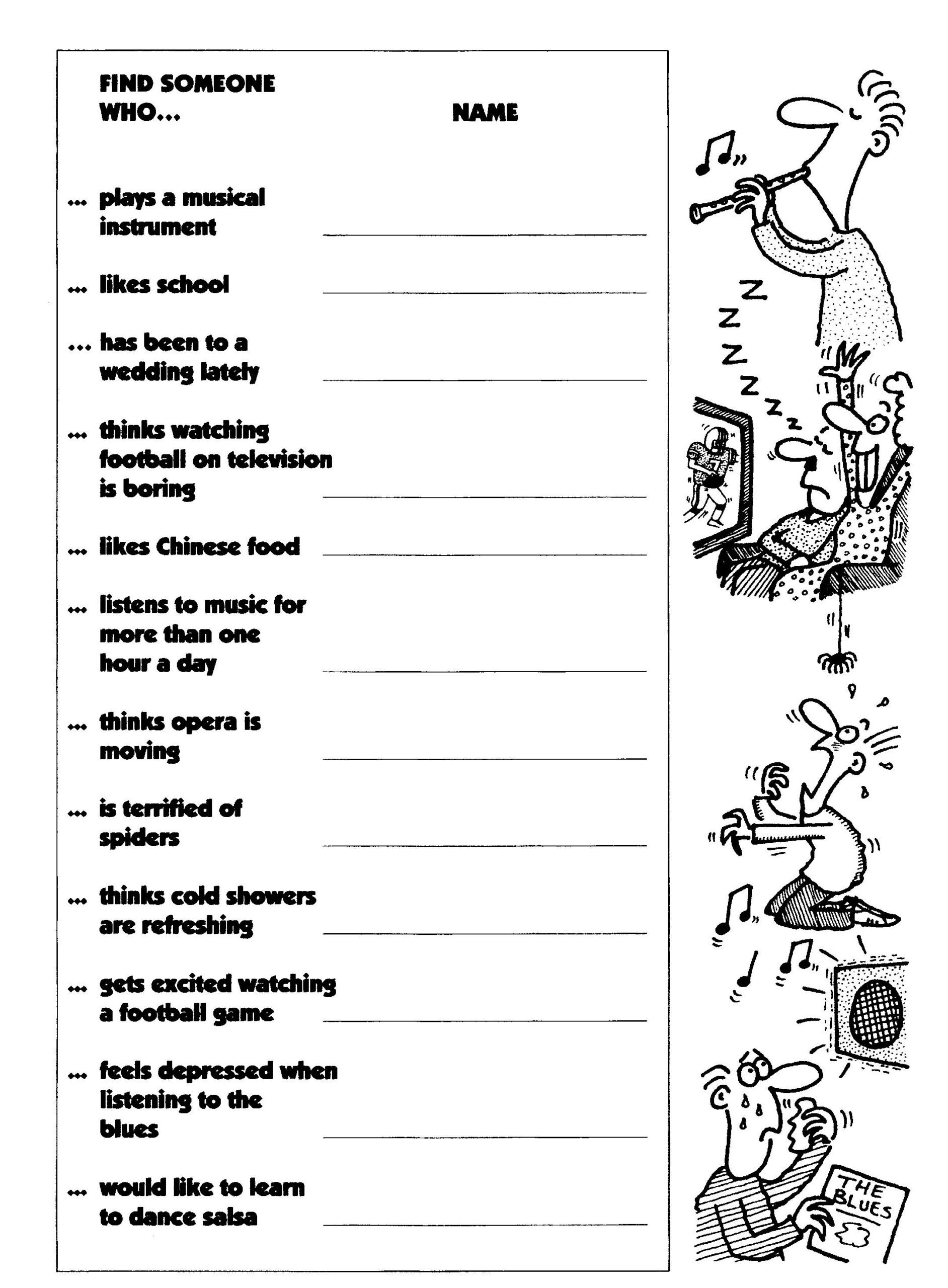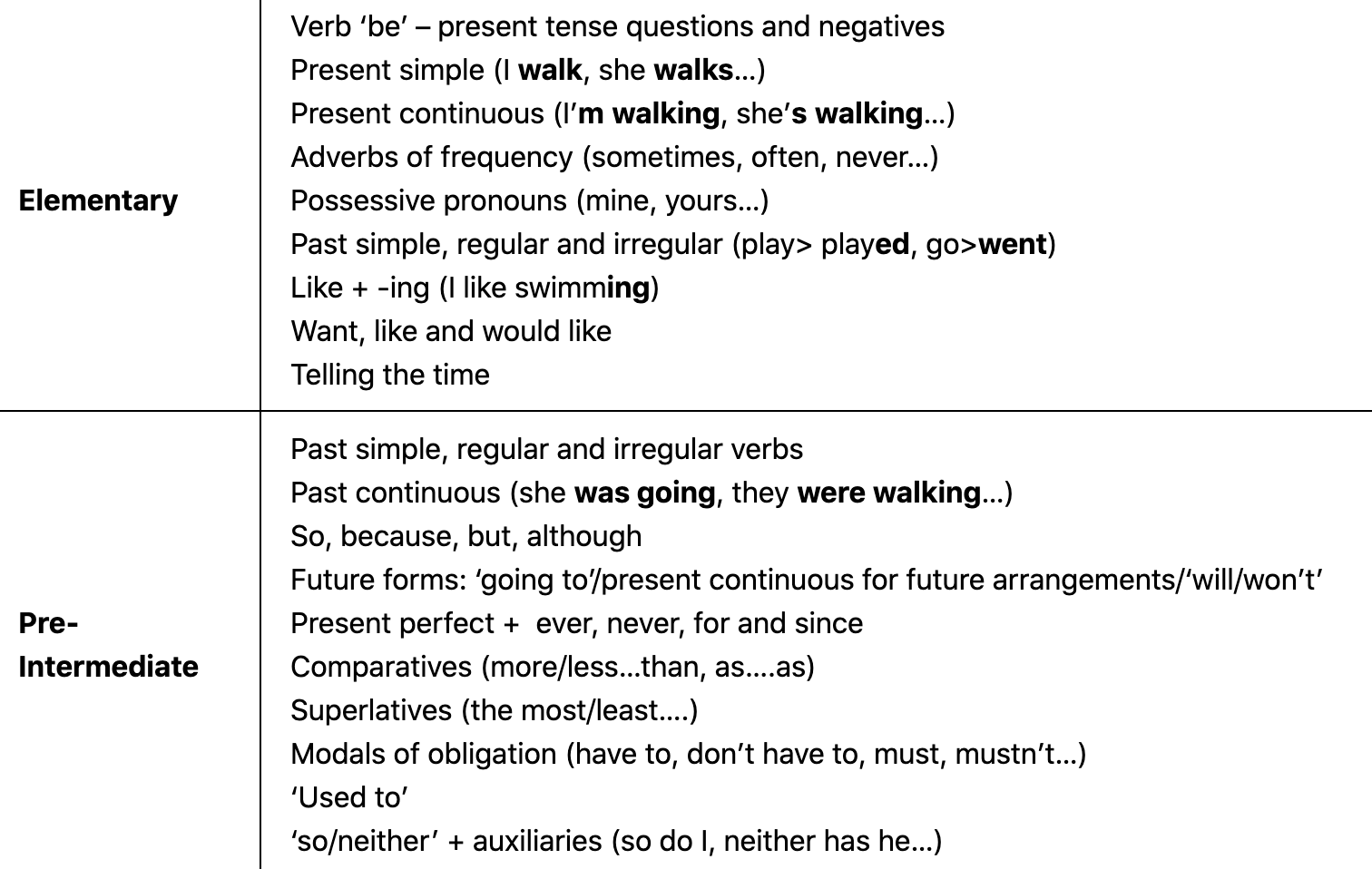In preparation for his teaching placement in China, Denis completed a 120-hour TEFL UK online course. Here, he shares his thoughts on the course and how he’s learned to apply the knowledge to Chinese-speaking learners.
Teaching English in China is an exciting adventure, especially when you’ve already had some experience in this area. I was fortunate enough to help Chinese students at the University of Exeter to improve their English skills. Back then, I hadn’t completed the TEFL course, and I wish I had done a similar class before. In this blog post, I’m going to explain how this course has helped me to sharpen my teaching skills and to bring structure in my daily work in educating people.
The 120-hour Online TEFL Course
The TEFL certification is an internationally recognised qualification to teach English abroad. During its 120-hours, it trains you in various areas. It includes an overview of the English language and its grammar (i.e. reading, speaking, listening, writing), as well as lesson planning and how to manage your students. The course was online and started with an overview of the special characteristics of the English language. Although I’ve been learning this tongue for more than 20 years, it made me realise that there are some peculiarities which don’t necessarily exist in Chinese. My future students might, therefore, struggle with them. The most obvious fact is that English uses the Latin alphabet, whereas Chinese uses a logographic system. In this visual framework, each character represents a different sound. Moreover, Chinese doesn’t distinguish between he and she when spoken. These are just two examples which I have to keep in mind when teaching the kids.

Next, the course taught us some ‘icebreakers’ to make the class feel more comfortable with each other and especially with me, their new foreign teacher. In my opinion, this section was very helpful since everyone knows how challenging it can be. Before TEFL covered this topic, I hadn’t been exactly sure how to build rapport effectively with my future pupils. But TEFL described many tools such as ‘introduce your partner’, ‘teacher tic tac toe’ and ‘find somehow …’ to overcome this challenge.
My favourite game was the latter since it’s a fun activity for the children and helps them to make friends with their peers easier since it focuses on similar interests.
Besides, this task is perfect as a warmer for a conversation lesson or as an ice breaker for higher levels as it gets students to talk to as many people in the room as possible. The aim of the game is to find one person who has done each of the items on the handout and get some more information about each other.
Grammatical Awareness
Apart from this enjoyable game, this course continued covering a more serious subject – grammatical awareness. Even though grammar is a big part of our daily communication, this section made me aware that every one of us has a slight variation of Standard-English due to regional differences. This is why I’d need to take extra care when I speak English with my future students, so they won’t pick up bad habits. After TEFL gave me an overview of the different learning levels, I understood that my class’s language level will be somewhere between ‘Elementary’ and ‘Pre-Intermediate’. This will help me to focus mainly on those grammatical features and to improve my pupils’ grammatical awareness by preparing suitable learning materials. Next, this course dived into the different grammatical areas like sentence structure, the different tenses and how to eventually teach them, according to the student’s ages and their English level.
 Other skills related to grammar are reading, listening and writing, which the TEFL course explained to us next. The lesson started with an outline of the different learning types and how to approach them. In total, there are four categories. Activists and pragmatists learn more effectively through practical work, such as labs and case studies. Reflectors and theorists, on the other hand, are more passive learners and prefer more lecture-like lessons. Keeping those four types in mind and trying to identify them in the first few weeks of the new academic year will aid me to make classes more fun for the students and more importantly, successful. TEFL also suggested many activities for the receptive and productive skills like ‘jigsaw listening’ and ‘the hot seat’. Altogether, this topic will allow me to communicate effectively with my students.
Other skills related to grammar are reading, listening and writing, which the TEFL course explained to us next. The lesson started with an outline of the different learning types and how to approach them. In total, there are four categories. Activists and pragmatists learn more effectively through practical work, such as labs and case studies. Reflectors and theorists, on the other hand, are more passive learners and prefer more lecture-like lessons. Keeping those four types in mind and trying to identify them in the first few weeks of the new academic year will aid me to make classes more fun for the students and more importantly, successful. TEFL also suggested many activities for the receptive and productive skills like ‘jigsaw listening’ and ‘the hot seat’. Altogether, this topic will allow me to communicate effectively with my students.
Classroom Survival Tips
Lastly, the course covered how to organise your lesson, including classroom survival tips. I found this particularly handy since there are several factors to consider when planning a class which I wasn’t aware of. In my opinion, the most important tool for a teacher is a lesson plan which contains essential components such as the aim of each lesson as well as optional components like homework and reserved tasks. The ‘classroom survival tips’ included how to manage situations with limited resources and more relevant for me how to teach larger groups of students given the fact that 40 to 50 people will learn English together. One specific tool I really liked is splitting up the class into smaller groups. This will help me to meet their individual needs and make it more entertaining for them.
Overall, I think the TEFL course was a great opportunity for me to get my skill set ready to teach successfully in China. Although some topics were quite logical, others were more hands-on and thus provided me with the right tools. I’m already so excited about giving my first lesson, and I can’t wait to put the freshly learned theory into practice!
Looking to prepare for your teaching placement in China or beyond? Register for this course with Impact Teaching and receive an exclusive discount.


